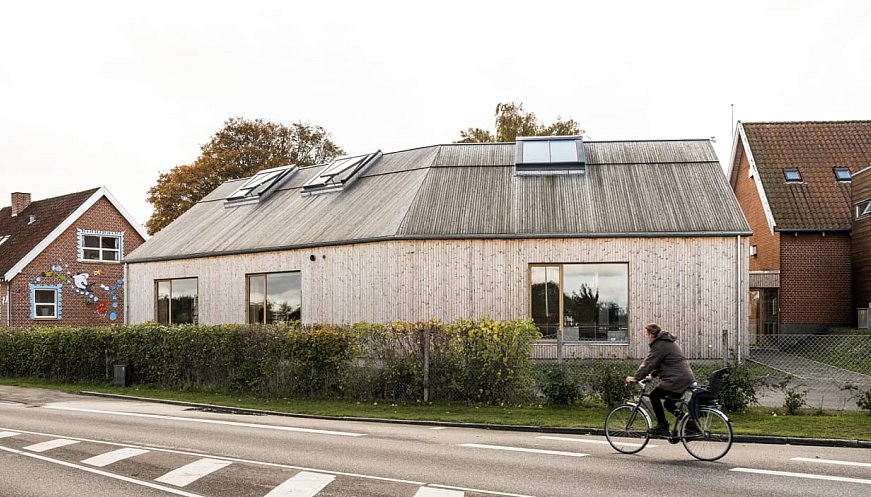 Photo: Rasmus Hjortshøj | Coast | courtesy Henning Larson
Photo: Rasmus Hjortshøj | Coast | courtesy Henning Larson
Behind the thick wooden walls of a small school in northern Denmark are two wholly uncommon materials: One is often burned to run the country’s district heating systems. The other usually rots away on the beach. But at the Feldballe School in Rønde, Denmark, Henning Larsen Architects, used these two materials – straw and a seaweed called eelgrass – to form the insulation and ventilation systems of a revolutionary kind of building. Designed specifically to reduce the amount of carbon emissions that result from the building’s construction and operable lifespan, the school is showing how biomaterials can help the construction industry hit environmental targets without sacrificing aesthetics. Building material choices are becoming increasingly important when it comes to reducing the carbon impacts of construction.
More:














